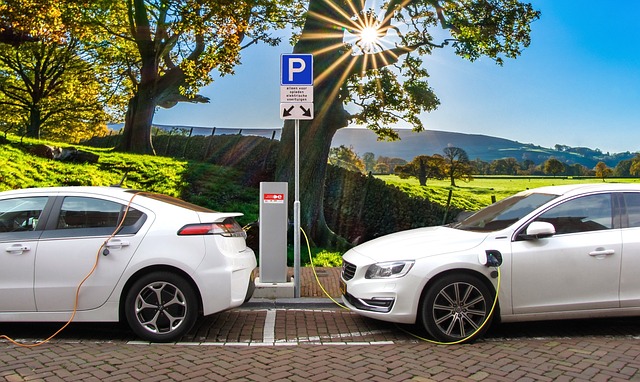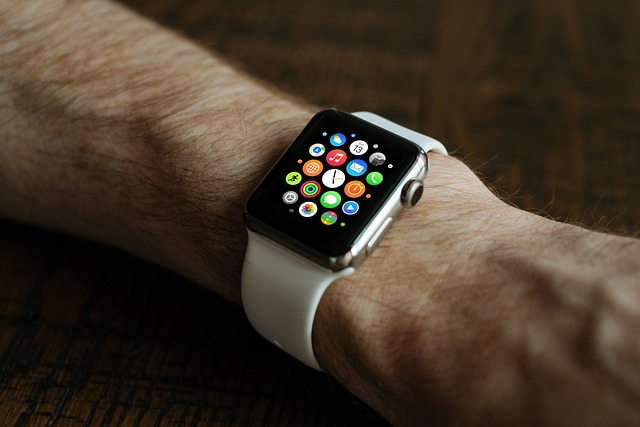Google Maps is making some changes to its history tracking. Users can now store their location history and historic data exclusively on their phone rather than Google’s cloud.
Google’s cloud data is currently not encrypted at rest, meaning Google still has the encryption keys. While the risk of those being compromised is low to impossible, legal warrants can still compel Google to hand them over. The Verge reports:
Google Maps has gotten some fun updates recently, and now it’s offering some more privacy-forward tweaks as it adds more ways to control your location data. It starts, as so many journeys do, with that little blue dot in Google Maps: aka, you… or, your current location at least.
Right now, tapping the blue dot in Google Maps offers shortcuts to save your parking or share your location. This update — which I’m already seeing on my Pixel 8 Pro review unit — adds options for device location and location history. You can see at a glance whether they’re on or off, and you can toggle them with just a couple of taps.
Encrypted cloud and on device storage is now more popular, as it generally prevents hacking or government surveillance. Services like Proton have dedicated all their data to be encrypted, including email. Apple’s iCloud also offers the option for users to maintain keys themselves, preventing Apple from looking at your data but increasing the risk of being locked out. Endgaget says:
In today’s day and age, it can feel almost impossible to keep anything private, such as your whereabouts, and we’re often at the mercy of companies to take actionable steps to do so. To that end, Google has announced new location controls for Maps designed to give you more well, control, over what and where data is recorded.
One of the most notable changes rolling out is the option to save your Timeline right to your device instead of the cloud. If you’re unfamiliar, the Timeline is an encrypted record of all the areas and attractions you’ve visited. You need to turn on your Location History — it’s off by default — in order to activate Timeline. As part of Google Maps’ updates, Location History will automatically delete your data after three months versus the previous 18 months. However, you can delete any information as soon as you want or turn off auto-delete. Plus, you can turn Location History back off at any point.
January 6th protesters were largely caught using Google Maps data when it was subpoenaed. While cell towers can still identify phones, cloud data is becoming more secure over time.
READ NEXT: Apple Releases Major Set of Updates









